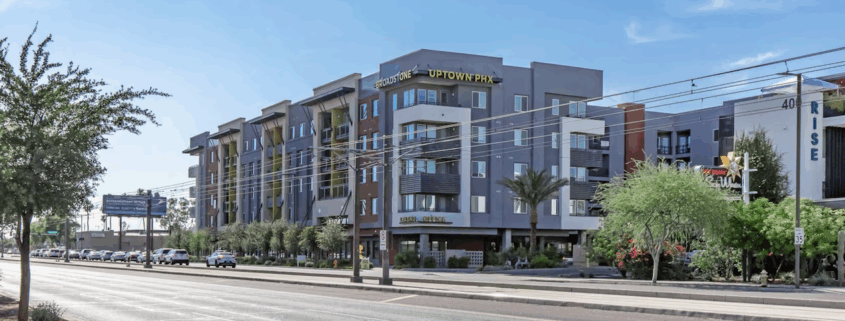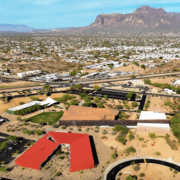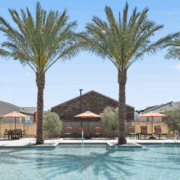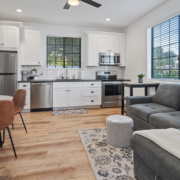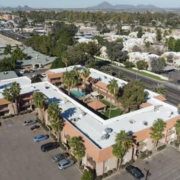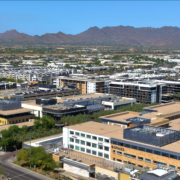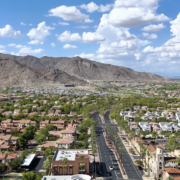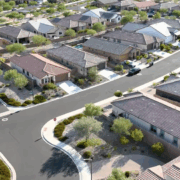The U.S. multifamily market continued to stabilize in the second quarter of 2025, as strong renter demand kept pace with a moderating pace of apartment completions. Net absorption — the net change in occupied stock — totaled 268,000 units in the first half of this year, the third-strongest performance for the first two quarters of a year on record.

Meanwhile, additional new supply is easing. Developers completed 270,000 net new units in the first half of 2025, a 25% decline from the same period last year. This realignment of supply and demand helped the national vacancy rate plateau in the low 8% range, inching down to 8.1% in the second quarter of 2025. While overall vacancy remains elevated compared to pre-pandemic levels, this marks the first sustained period of vacancy stability in three years.
Reflecting the elevated vacancy, rent growth remains subdued. Asking rents edged higher by just 0.9% year-over-year in the second quarter of 2025, down from an average increase of 1.2% in the prior quarter. Concessions are increasingly common, with nearly one-third of U.S. apartment properties offering discounts to attract tenants, especially in newly built properties that are still in the lease-up phase and located in high-construction markets.

Performance continues to diverge by asset class. High-end four- and five-star-rated properties, which account for over 75% of the new supply added since 2020, posted annual rent gains of just 0.5% in the second quarter. In contrast, lower-quality (and more affordable) one- and two-star-rated properties saw rents rise by an average of 1.7% year over year, while annual growth at mid-tier three-star-rated properties was on pace with the national average at an average increase of 1%.

Geographic trends also reflect the impact of new supply. Thirteen of the 15 U.S. apartment markets with the highest vacancy rates are located in the Sun Belt, led by Austin, Texas, with a vacancy rate of 15.1%. The Sun Belt region has shouldered the brunt of the multidecade-high wave of apartment construction over the past few years, weighing on occupancy and rent growth. The region’s average asking rent declined 1% in the second quarter, marking more than two years of negative annual rent growth. Conversely, markets with limited new construction, such as New York, Chicago and San Francisco, have maintained lower vacancy and stronger rent gains.
Looking ahead, the U.S. apartment development pipeline continues to thin. Annual completions are expected to fall to 492,000 units in 2025, down from a peak of nearly 700,000 in 2024. If renter demand holds firm, vacancy could dip below 8% by year-end, with corresponding annual rent growth forecast to accelerate modestly to 1.8%.
While high-supply Sun Belt regions may lag in terms of recovery, the Midwest and Northeast regions, along with lower-tier properties nationwide, are positioned to remain outperformers over the near term. – more at costar.com

